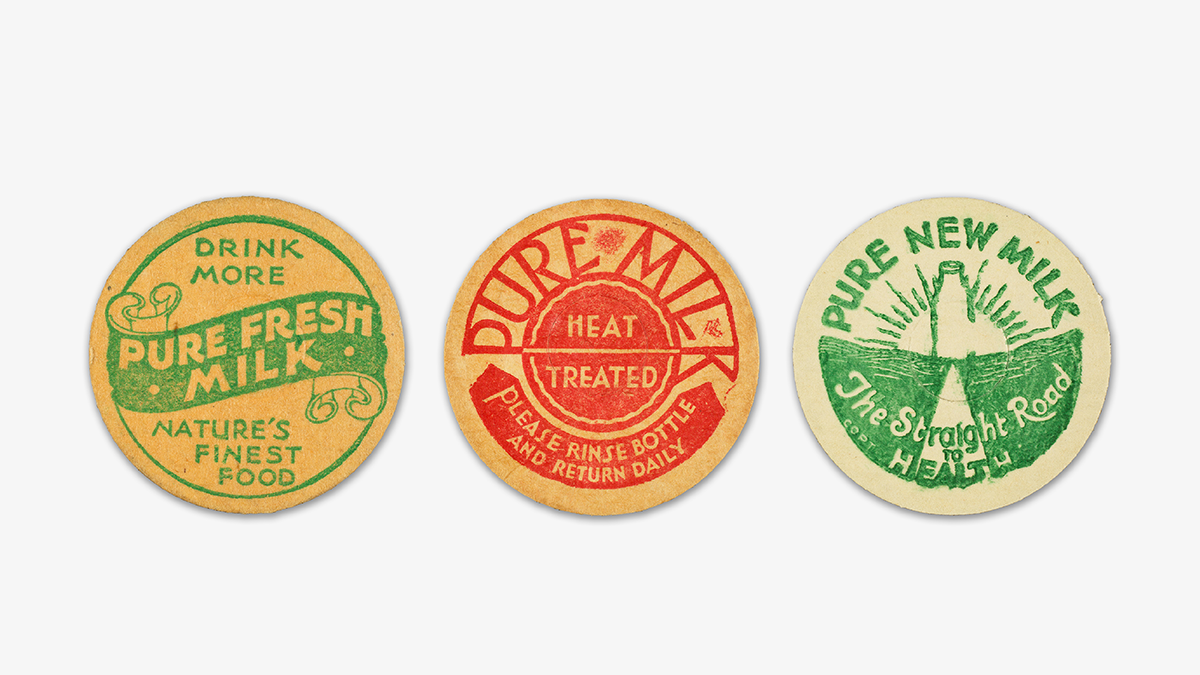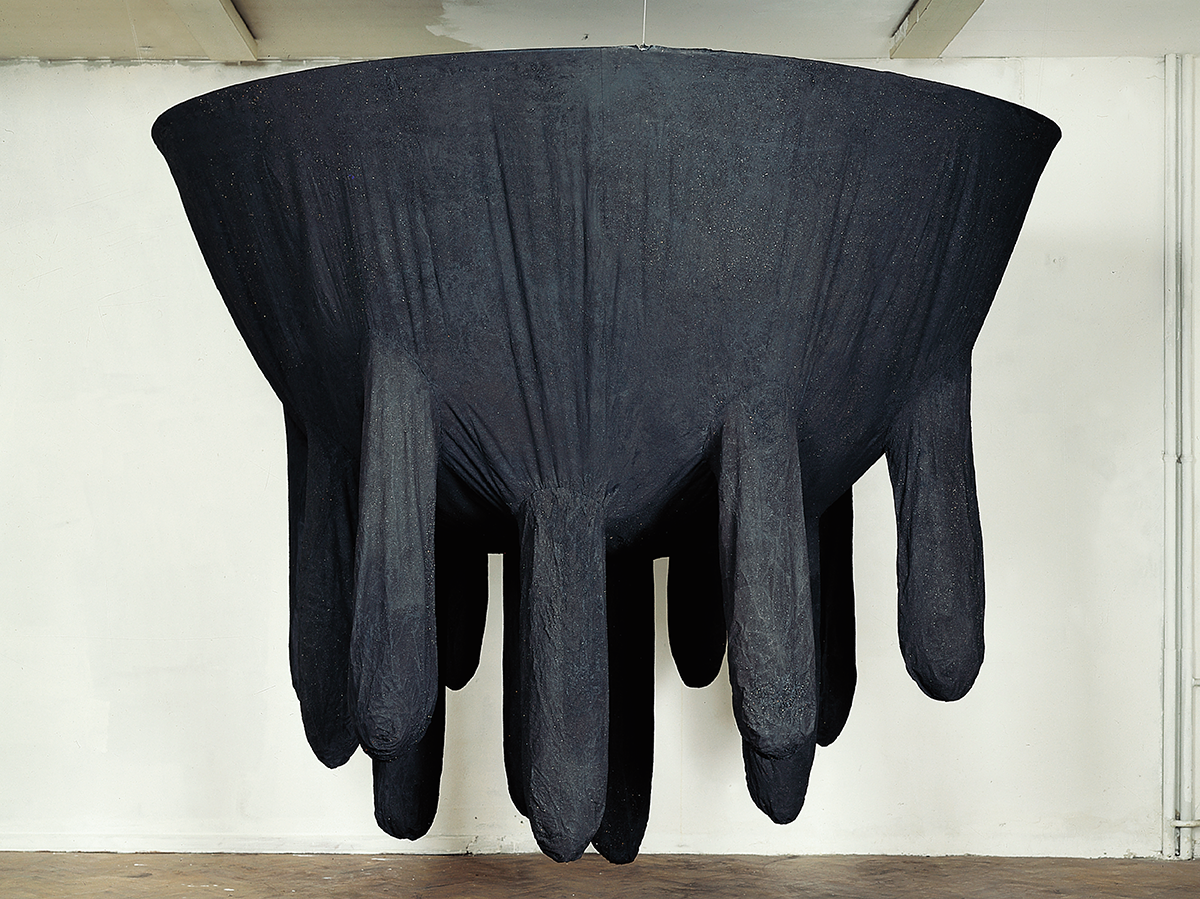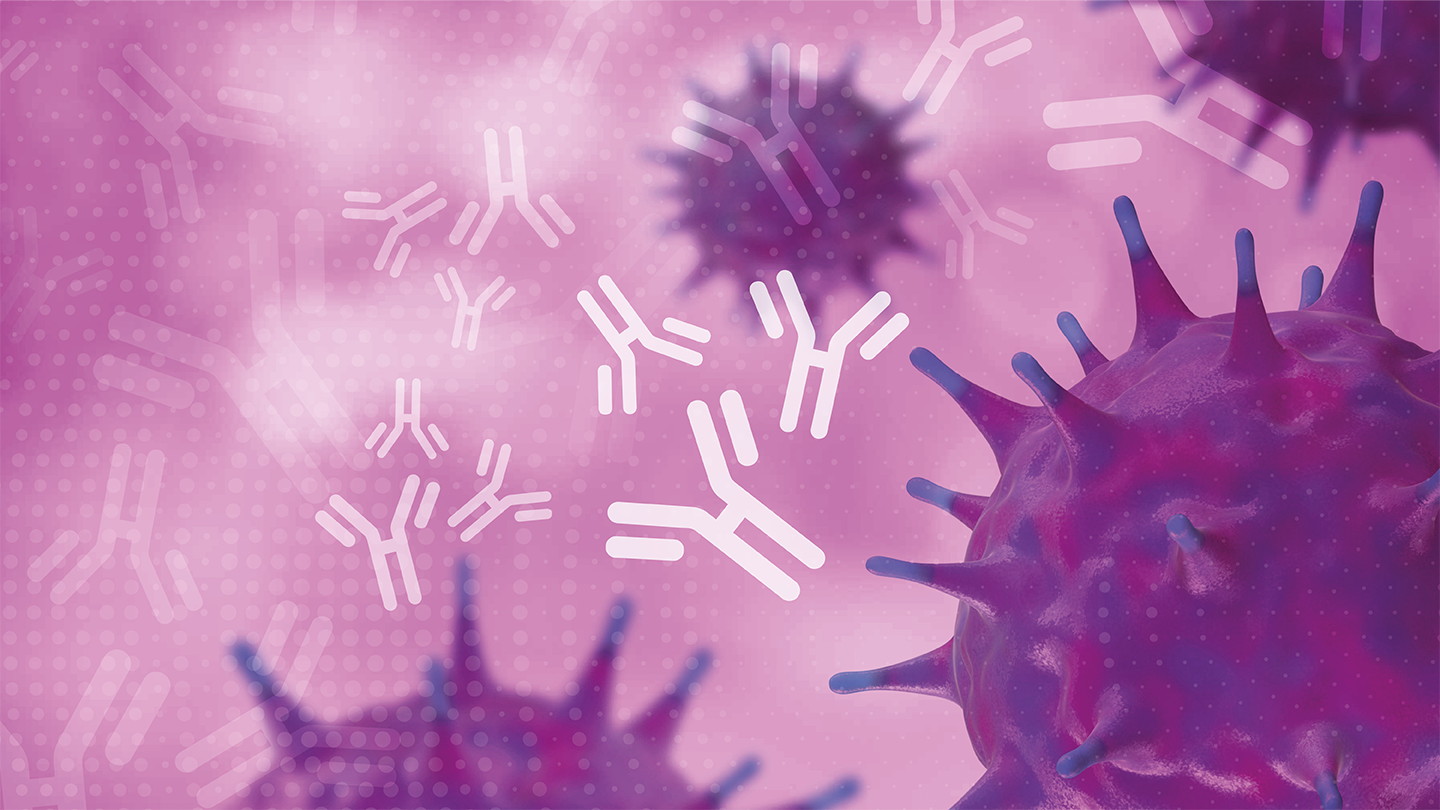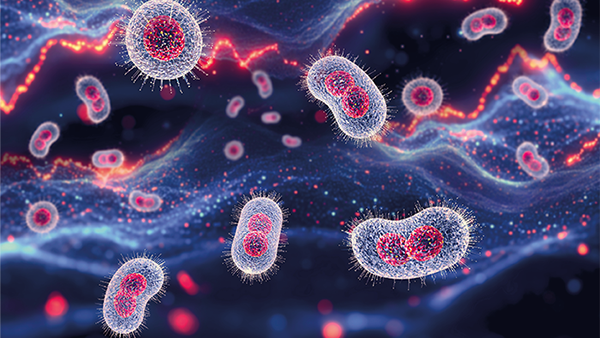Milking History for All It’s Worth?
A murky relationship with infectious disease lies beneath the surface of the West’s favorite white drink
When stepping into the Wellcome Collection’s Milk exhibit, you will come face to face with a giant set of udders hanging from the ceiling. It’s a fitting greeting, and just the beginning of a stampede of cows, milkmaidens, and teats – both natural and artificial – that line each inch of the 14-stop exhibition.
To those unfamiliar, the Wellcome Collection was born of a hoard of medical objects collected by Henry Wellcome – pharmaceutical kingpin and Wellcome Trust namesake. The museum is a blend of medicine and art, housed across multiple floors in an imposing building just across from London’s bustling Euston station. Milk is just the latest of many exhibitions that have made use of the huge archive of health-related artifacts within the Collection’s vault. But what is the relationship between milk and medicine?
For all of us interested in infectious disease, it’s striking to see how quickly the topic enters the stage. In fact, you don’t even need to turn a single corner before arriving at a glass panel that houses a hardback copy of Bacteriology of Milk by Harold Swithinbank and George Newman. The rich plethora of nutrients in milk, the description panel reads, makes an ideal spot for bacteria to grow. On the open page you can see an illustration of Mycobacterium bovis, and it’s not much further until the scope of disease within the good, old white stuff becomes even clearer; underneath the thick, bubbling surface lies a bacteria breeding ground.
Another box houses a “penny lick” glass for ice cream – an artifact of 19th century fad where customers would lick clean small containers of ice cream before returning them to Italian migrant street vendors. The difficulty in cleaning these glasses led to racist accusations that the Italian produce was “poisonous” and responsible for the spread of cholera.
In the same century, commercial breastfeeding products entered the market for the first time. With their sights set on exploiting a demographic of consumerist mothers, companies rolled out a series of products like the Alexandra Feeding Bottle – an opulent victorian glass that looks more suited to spraying perfume than it does feeding babies. These products had no medical safety oversight – nor were they ever advertised as having such. Unsurprisingly, the long tubes that were difficult to clean led to many infant illnesses, earning them the nickname of “murder bottles.”
“The milk problem” is something milk drinkers in the 21st century won’t be familiar with, but for millions during the rise of industrialized dairy, it was a genuine health crisis. As mentioned, it was not uncommon for milk to be contaminated with M. bovis, among other bacteria. In America, it’s known that some manufacturers resorted to using formaldehyde, an embalming chemical, to halt it from going sour. In the UK – where the Wellcome Collection is hosted – people saw a link between the less-than-sanitary manufacturing process and high levels of infant mortality. Agitation led to reform, which in turn saw ad campaigns by the likes of Glaxo that celebrated the defeat of “bad milk” thanks to their successful formula and dried powder milks that curbed the risk of disease.
These are all fascinating anecdotes of early industrial life in the Western world – where the exhibit quite astutely points out milk drinking is most popular. And while Milk is not wholly devoted to disease, there is much to be found for those with an interest in the history of infection. Approaching the latter stages of the stop, tour visitors are greeted with increasingly elaborate and immersive installations exploring everything from the politics of breastfeeding to the environmental impact of dairy farming. For what on the surface appears to be a narrow topic, the museum has impressively milked (sorry) the concept dry of thought-provoking material – bottling every last drop for its own brand of accessible science.
The Wellcome Collection’s Milk exhibition runs until September 10, 2023.







